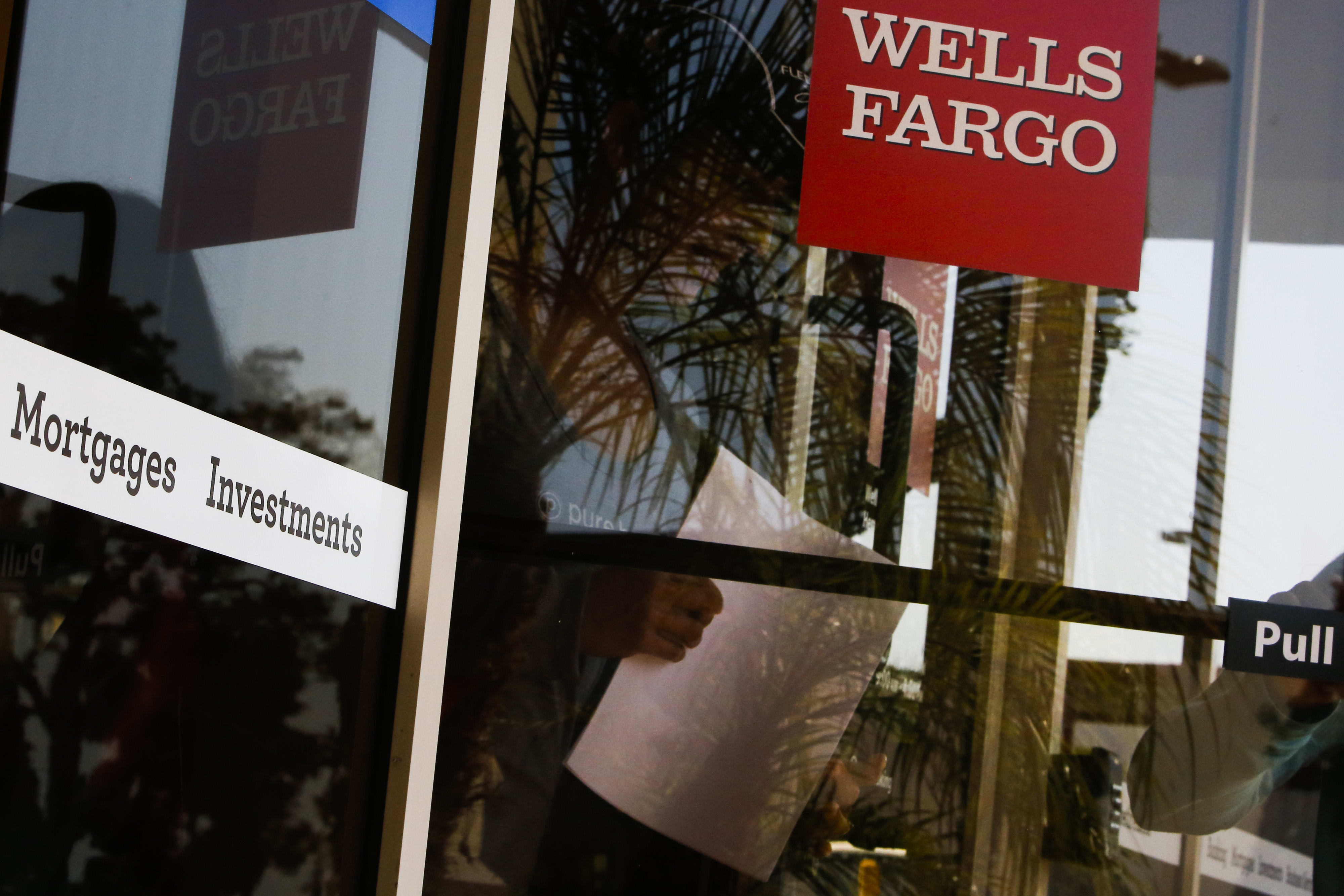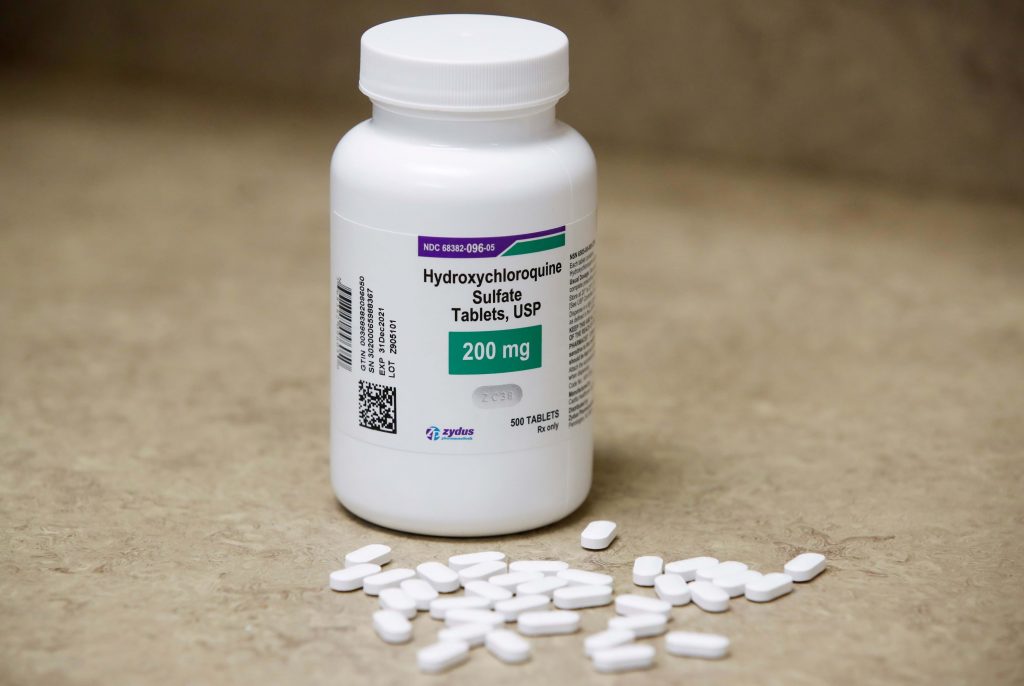
A customer exits a Wells Fargo & Co. bank branch in Hermosa Beach, California.
Patrick T. Fallon | Bloomberg | Getty Images
Despite record-high unemployment and massive economic fallout from the coronavirus pandemic, fewer homeowners appear to be struggling to make their monthly mortgage payments now than at the start of the crisis. The number of borrowers seeking relief from government and private lender emergency mortgage bailout programs has slowed dramatically.
As of May 26, 4.76 million homeowners were in forbearance plans, with an increase of just 7,000 new forbearance plans initiated since last week. Compare that to 325,000 granted the first week in May and 1.4 million the first week in April, according to Black Knight, a mortgage technology and data provider.
The majority are in the government’s program, which allows borrowers to delay their monthly payments for at least three months and potentially as long as a year. Those payments must then be made up in the future through various options.
Together, the 4.76 million represent 9% of all active mortgages and more than $1 trillion in unpaid principal. By type, they make up about 7.2% of all Fannie Mae and Freddie Mac loans and 12.6% of all FHA/VA loans.
While borrowers can delay their payments, those payments must still be advanced to bondholders by mortgage servicers. At the current level, those servicers need to advance $3.6 billion per month to government-backed mortgage securities on these forbearances.
That is in addition to $1.5 billion in tax and insurance payments they also need to make on behalf of borrowers. Those payments have now been capped at four months’ worth, under new guidelines from the Federal Housing Finance Agency. Still it represents $8.8 billion in advances over the four-month period.

